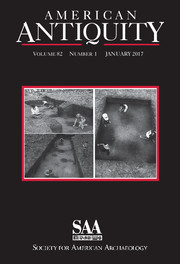Following the entry of Zea mays to northeast North America, Northern Iroquoian populations expanded their numbers and range. Isotopic values from bone collagen have shown fluctuations in reliance on this dietary staple. With permission of the Huron-Wendat Nation of Wendake, Quebec, we measured d13Cenamel, d13Cdentine and d15Ndentine from 167 permanent teeth, retained before reburial of their ancestral skeletons, and d13Ccollagen and d15Ncollagen from adhering bone (n = 53). Enamel values encapsulate diet from ca. 1.5 to 4 years of age; dentine values reflect later childhood. Teeth are from 16 ancestral Huron-Wendat sites in southern Ontario. Isotopic values show consistent reliance on maize from early fourteenth to sixteenth centuries, with higher reliance in the seventeenth century—the time of contact with Europeans and disruptive changes. We show a difference between the diets of children and adults; children consumed more maize and less animal protein. Whitetailed deer (Odocoileus virginianus) did not exploit maize fields, reflecting hunters’ exploitation of distant regions. New
values from fish species (n = 21) are pooled with prior data, demonstrating diverse C and N stable isotope patterns. American eel (Anguilla rostrata) is particularly variable. Dietary protein sources were variable compared to the stability of maize: a reliable source of carbohydrate food energy across four centuries.










